
Features
50 things you probably didn’t know about WWT Martin Mere
10 months ago
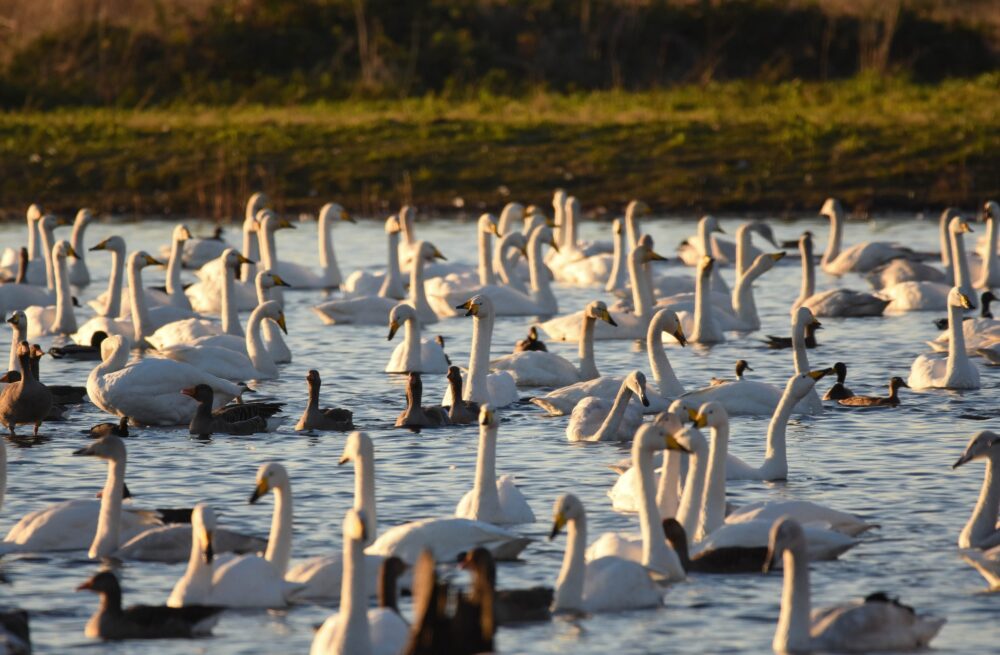
WWT Martin Mere wetland centre boasts beautiful surroundings and is a hotspot for wildlife just outside Ormskirk, and now it’s celebrating its 50th year.
Martin Mere is a pioneering organisation in saving threatened wetland wildlife and its team is passionate and determined to do so, as well as showing people how amazing wetlands are.
Situated not too far from Ormskirk, Martin Mere is a unique setting where you can get up close and personal with wildlife and take in the amazing beauty around you.
It’s open seven days a week, all year round and no matter what time of the year you visit, there’s loads to see.
Here are 50 things you might not know about WWT Martin Mere.
1. WWT bought the land in 1972.
2. The site was first opened to the public on 1 March 1975.
3. WWT purchased 363 acres and the site is now over 600 acres.
4. It was purchased for £52,000, which equates to roughly £604,000 today.
5. It is now one of 10 wetland centres opened by WWT.
6. Martin Mere was formed at the end of the last ice age when water filled a depression in the glacial drift.
7. It used to be the largest lake in England, larger than Lake Windermere before being drained for agriculture.
8. The ponds and mere around the site are all man-made.
9. Until WWT bought the land, there wasn’t a single tree on site.
10. Founder Sir Peter Scott was introduced to the land due to the wintering pink-footed geese and Bewick’s swans that visited from Iceland. The pink-footed geese still use the site each year!
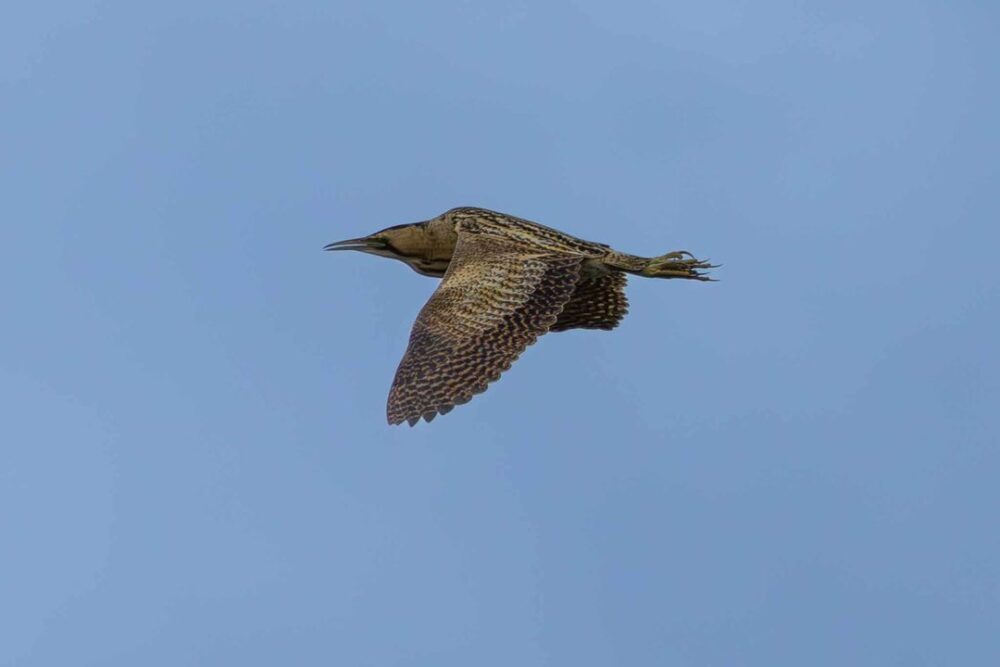
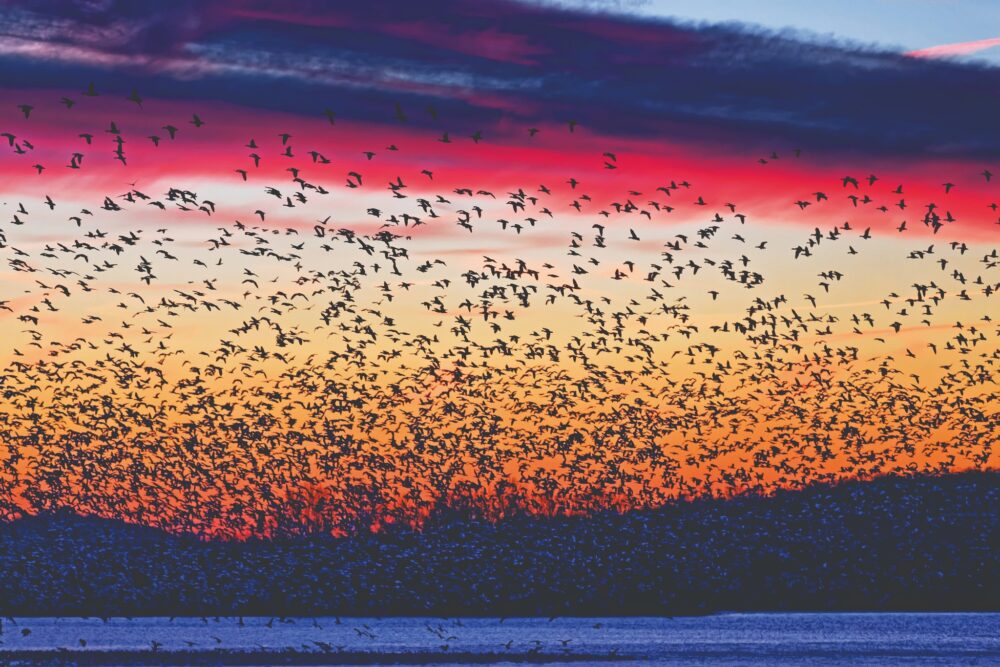
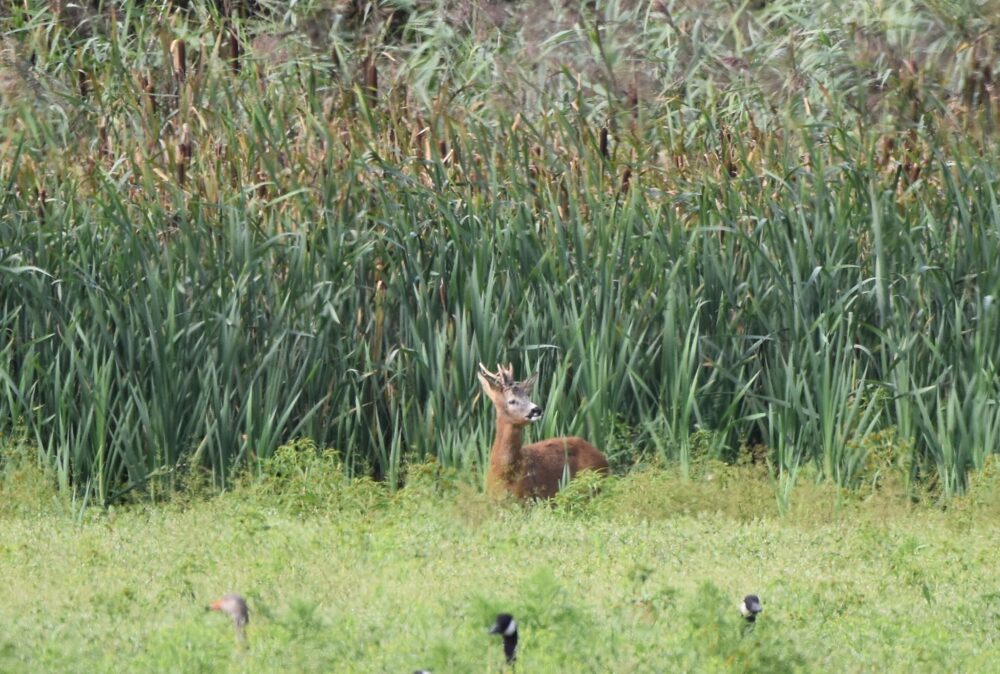
11. Although Bewick’s are now rare at the site, it instead welcomes hundreds of whooper swans over the winter which also travel from Iceland.
12. The oldest known whooper swan to visit the site was named Virginia and she was around 29 years old.
13. In 1985, it became a designated Ramsar site for the international importance of the wildlife there.
14. The site is an SSSI – a Site of Special Scientific Interest.
15. The Visitor Centre building isn’t held together by any nails; interlocking logs are held together by the weight of the turf roof.
16. The Visitor Centre took only three weeks to build.
17. Martin Mere’s longest hide, Discovery Hide, was built in 2015.
18. There are over 2,000 different species of birds, mammals, insects, fish, amphibians, reptiles and mini-beasts living in and around the mere.
19. Mammals on the reserve include roe deer, otter, badger and water vole.
20. There are over 300 species of moths recorded at the wetland centre, including the Elephant Hawk Moth, lunar hornet moth and white ermine moth which can be seen up close at the daily moth trapping sessions from May.
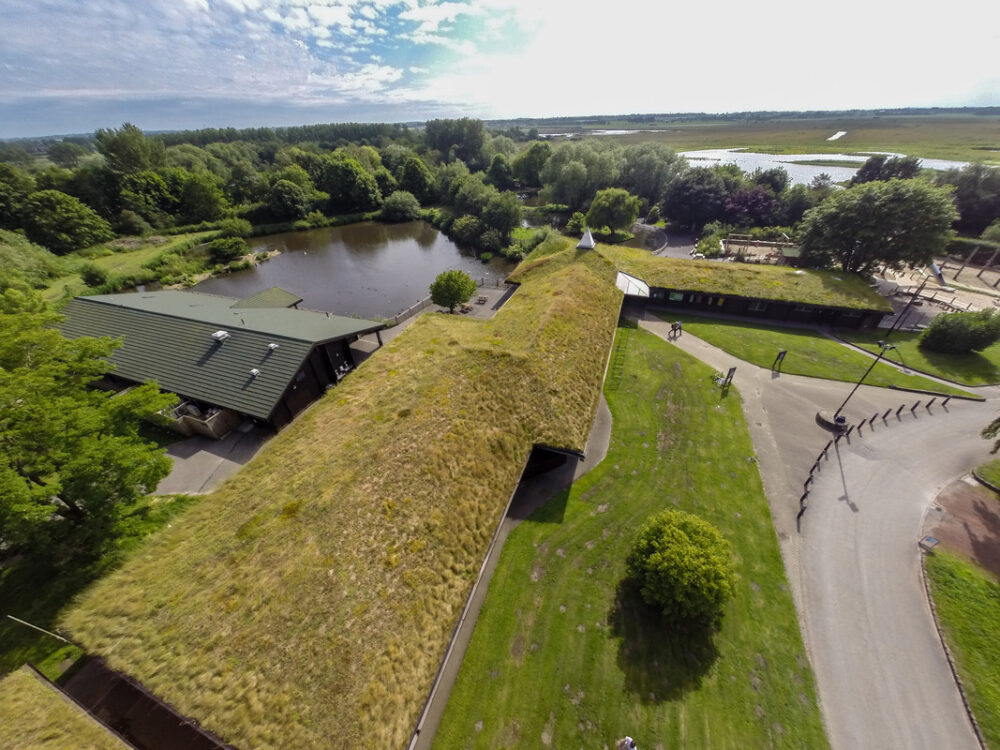
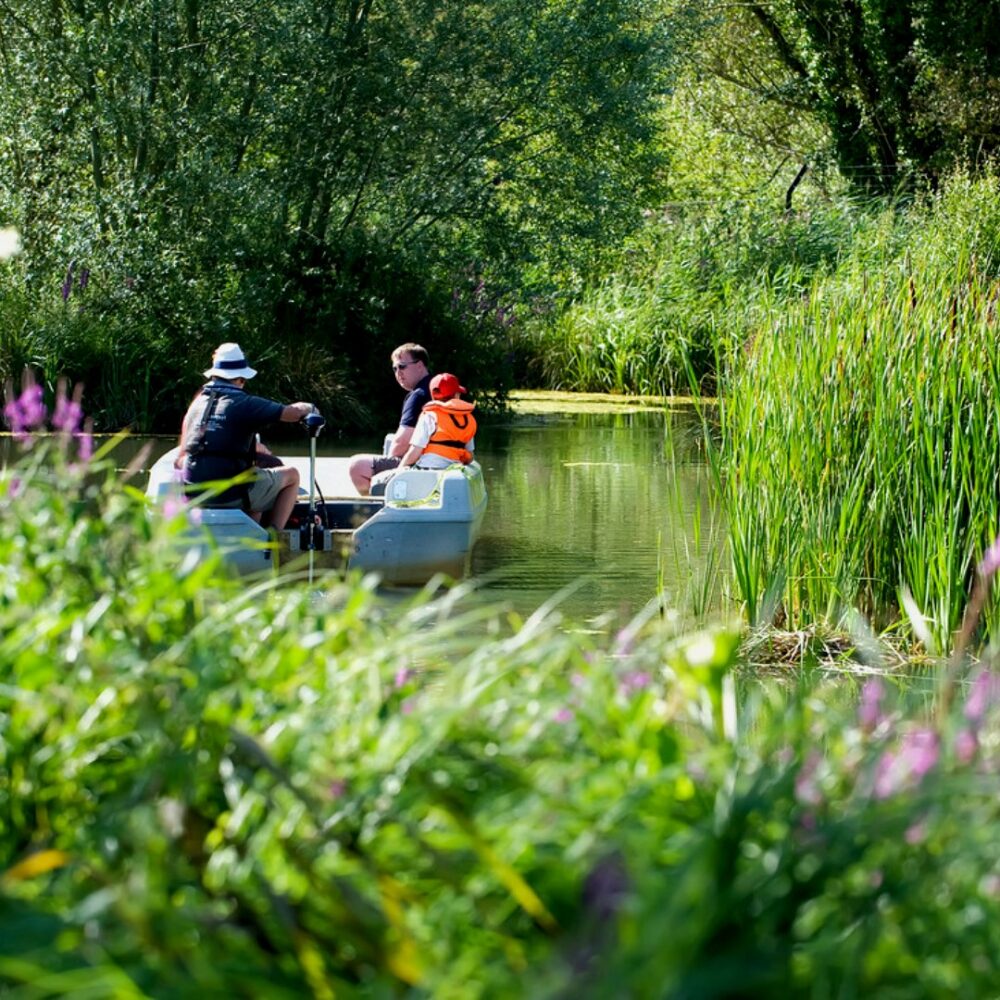
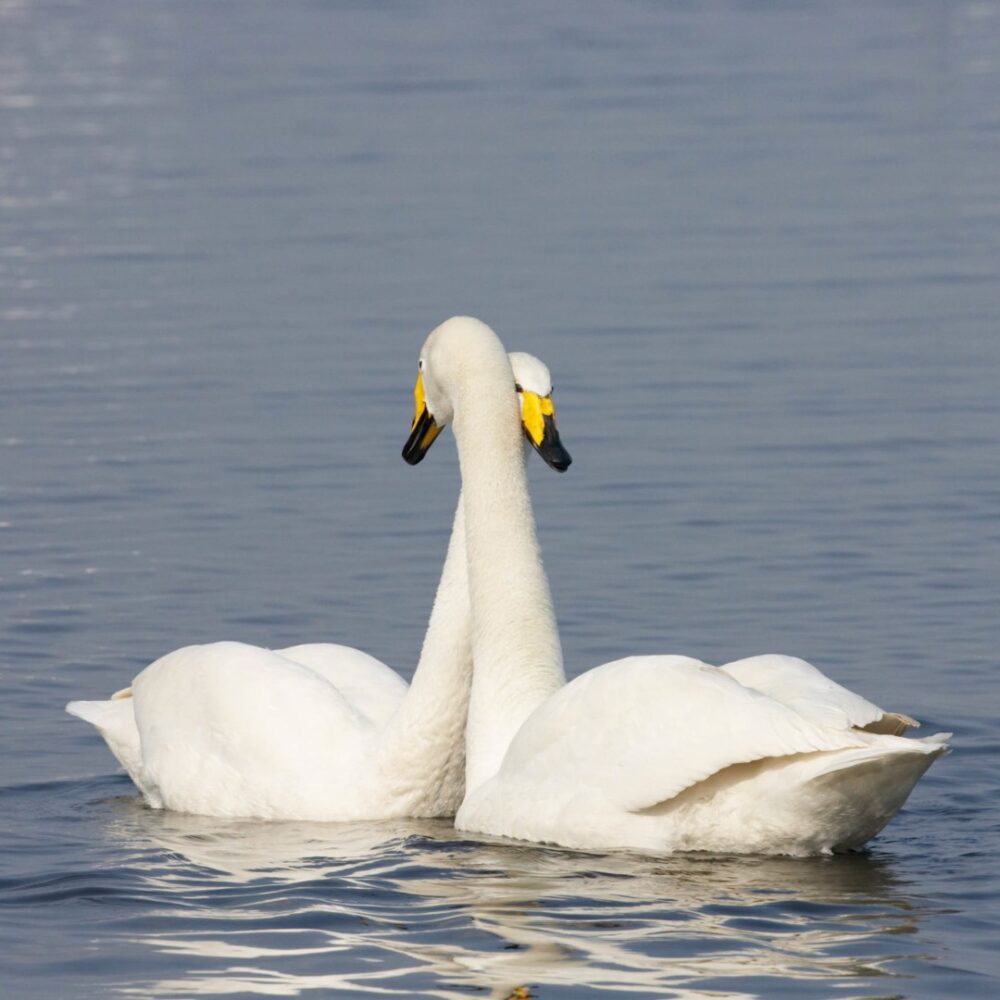
21. The site is a haven for many traditional Lancashire plants, such as the endangered whorled caraway, golden dock, tubular water dropwort, early marsh orchids, the large-flowered hemp nettle and purple ramping fumitory.
22. Their first ever popular Easter event, GIANT Duck Hunt, was held in 2014 and returns this Easter with a special golden duck to find as part of its 50th celebrations.
23. From 2017-2019, the wetland centre held the Guinness World Record for having the World’s Largest Bug Hotel.
24. Since 1975, Martin Mere has welcomed over seven million visitors.
25. It has also welcomed over 400,000 schools visiting on educational visits.
26. It is rumoured that King Arthur’s sword, Excalibur, is buried under the wetland centre.
27. An ancient canoe excavated from Martin Mere is on display in The Atkinson in Southport.
28. The largest number of pink-footed geese to arrive at WWT Martin Mere in a single year was 45,800.
29. In 2024, the reserve saw breeding bitterns for the first time in reserve history.
30. Recently in January 2025, the reserve recorded 45 Marsh Harriers roosting on the site, the highest recorded amount.
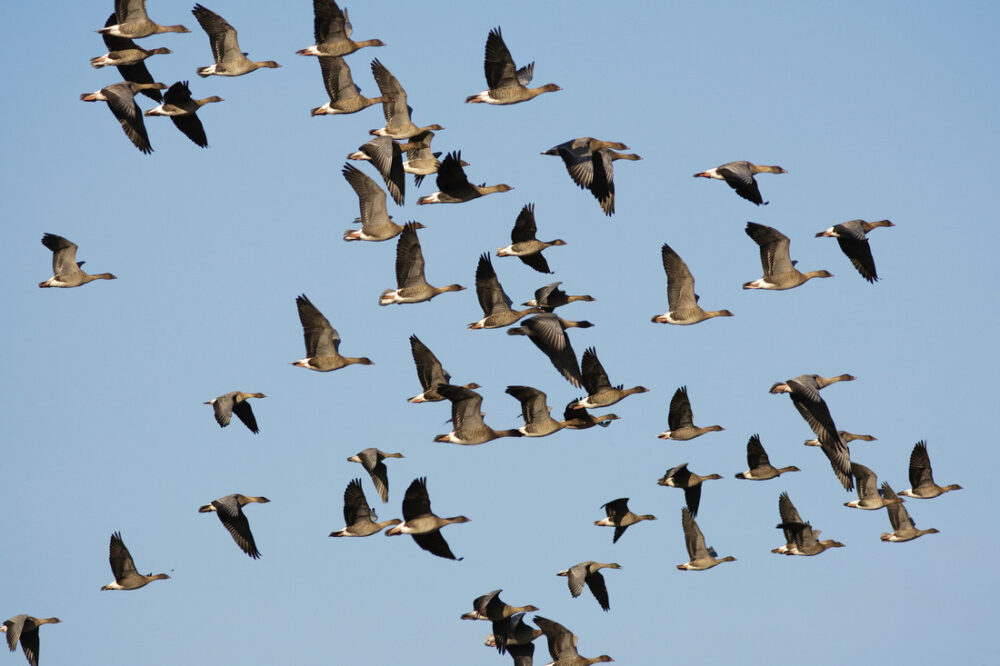
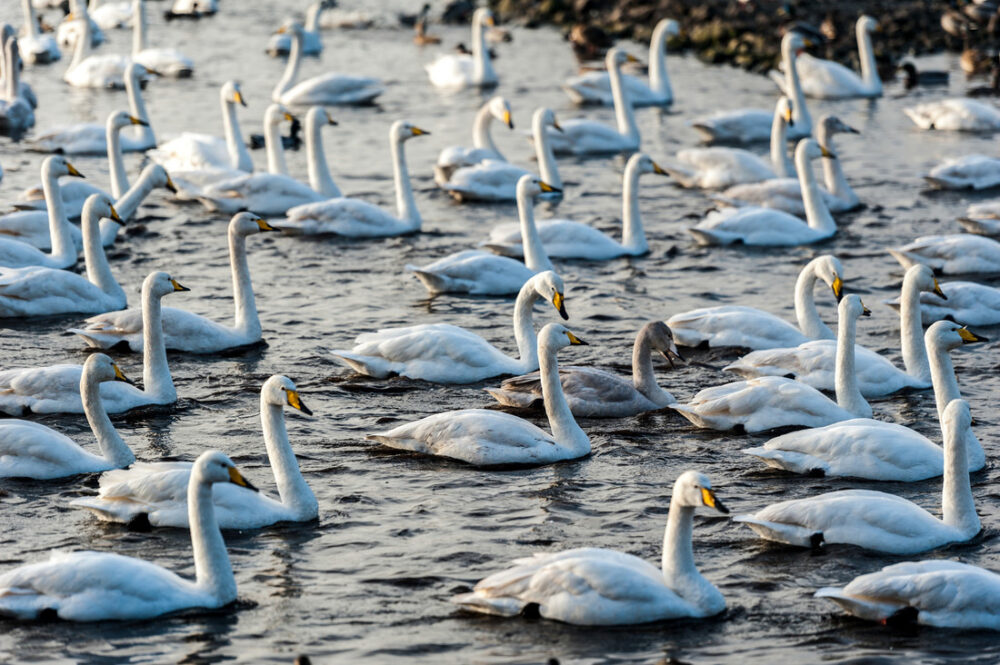
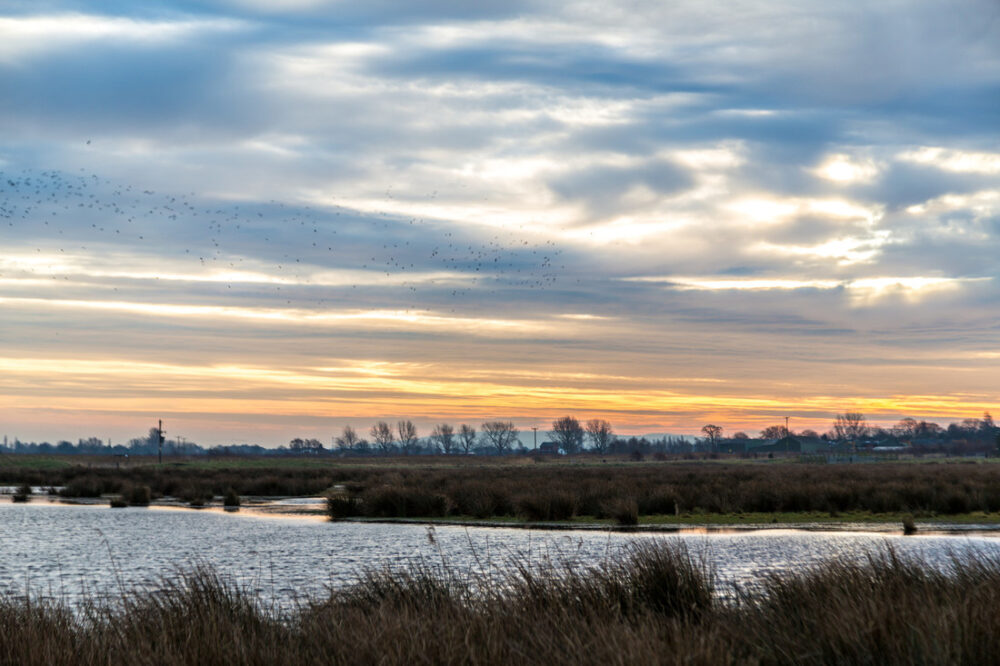
31. Sheep used to graze on the roof of the visitor centre.
32. The centre has been visited by many influential and well-known people, including the likes of Sir David Attenborough and then HRH Prince Philip.
33. Cetti’s Warbler was first recorded on the reserve in 2012, with Lancashire’s first Cetti’s Warbler recorded in 1990.
34. One of the previous curators of the site was the grandson of Prime Minister William Gladstone.
35. Another curator, Janet Kear (OBE), was the first woman to become the president of the British Ornithology Society.
36. Both of these curators have hides named after them at the wetland centre in honour of their dedication and hard work.
37. There are bog oak tree stumps on site that are over 6,000 years old – that’s older than the pyramids in Egypt!
38. Over 100 volunteers donate their time to help at the centre, helping with family activities, conservation works, education, and more.
39. Its living collection is home to over 80 species of ducks, swans, geese, and more.
40. Some of the white storks in the centre’s living collection originally came from Germany as part of a scheme to rehome injured wild storks.
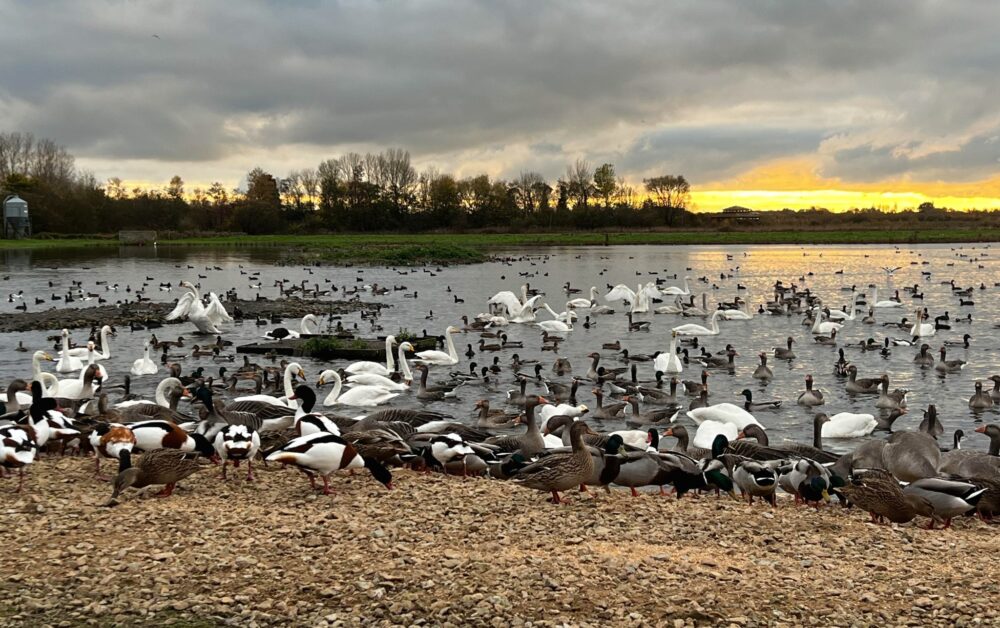
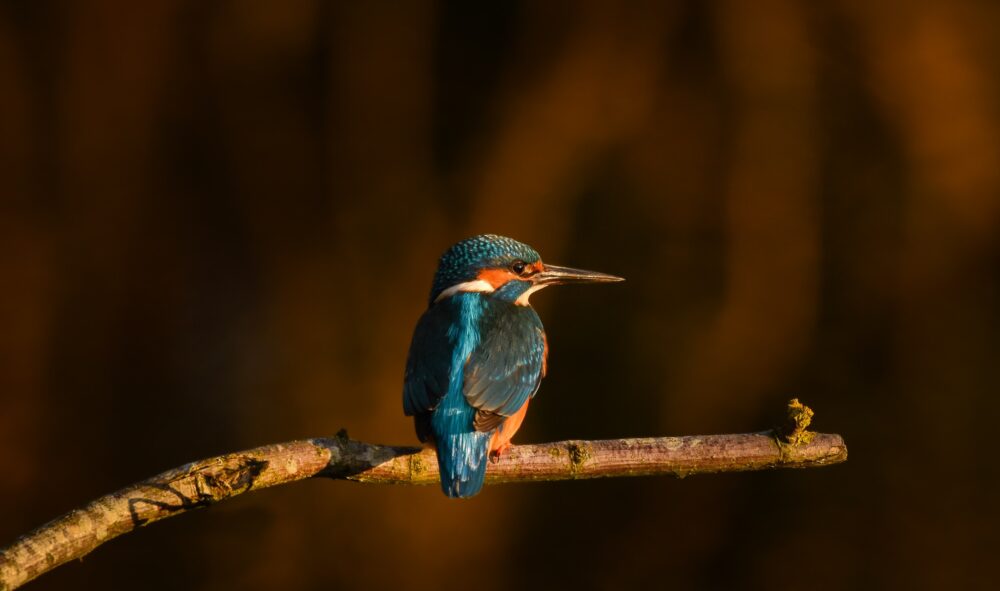
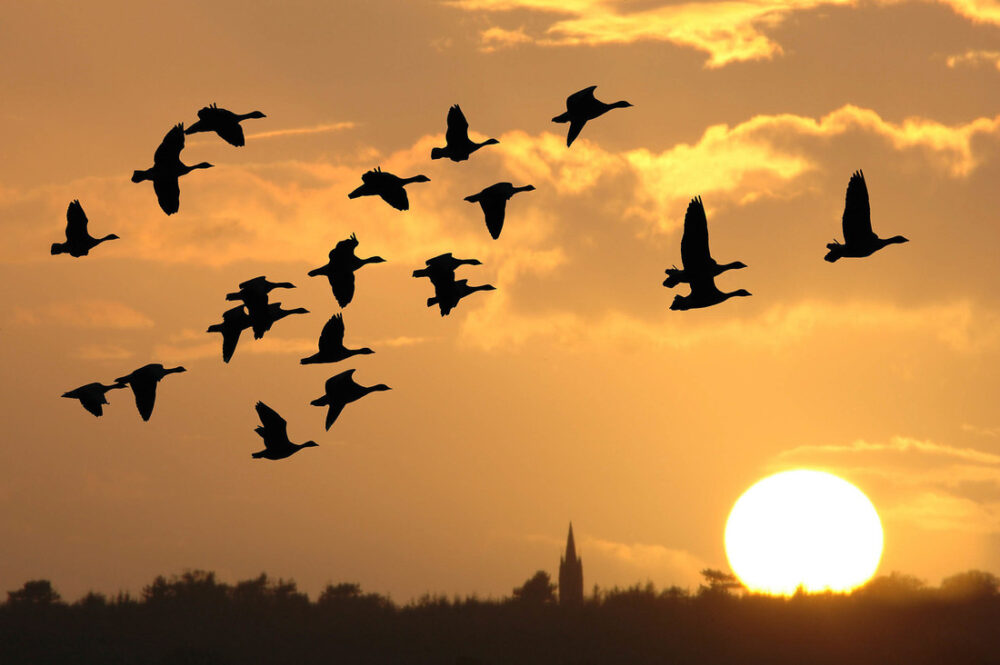
41. In 2023, Chilean flamingos hatched at the site for the first time in 10 years.
42. In 2016, the wetland centre saw a white domestic duckling hatch for the first time which was named Casper. Ducklings are usually yellow or shades of brown then grow up to be white ducks.
43. Some of their original Chilean and Greater flamingos are also around 50 years old!
44. The site has a garden that was originally displayed at the RHS Chelsea Flower Show in 2017.
45. The centre is the only location in Northern England to have Spur Winged Geese, which are the only poisonous goose species.
46. The centre also has Hawaiin geese in the collection, which was brought back from the verge of extinction by founder Sir Peter Scott and the work of WWT.
47. The site has a man-made, kilometre-long canoe safari which allows visitors to take out a canoe or guided boat tour in the spring and summer.
48. Martin Mere has been featured on shows such as Autumnwatch, Blue Peter, CBBC Newsround and more.
49. Martin Mere is currently working on a brand new play development at its Canoe Safari, due to open in spring.
50. Martin Mere won the Ethical, Responsible & Sustainable Tourism award at the Visit Lancashire Tourism Awards 2024.







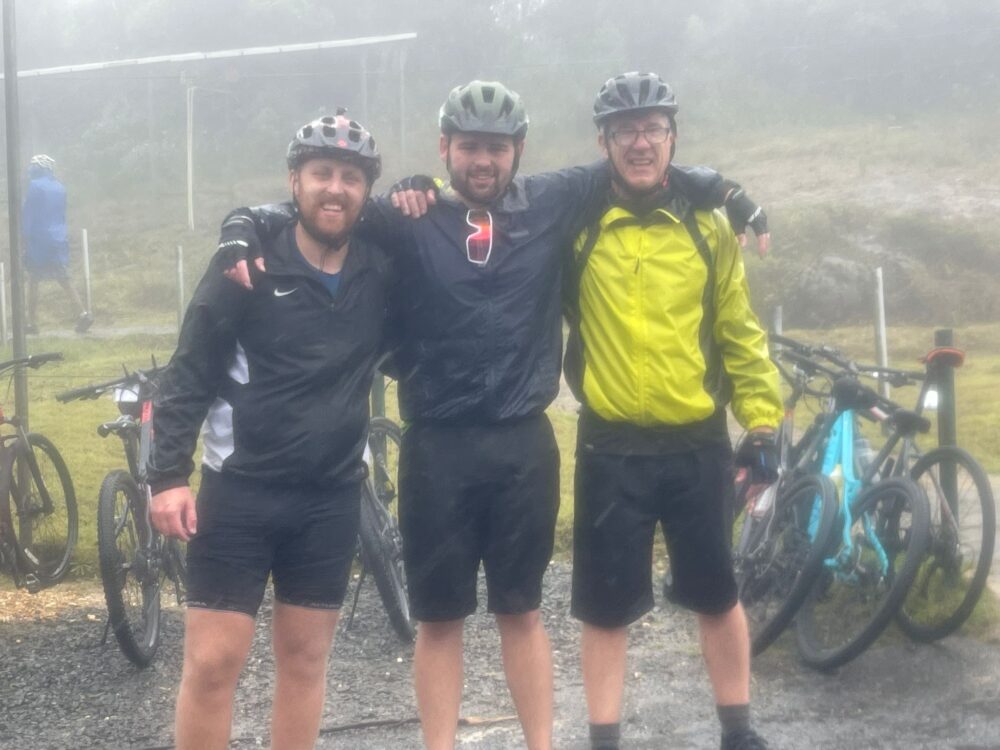
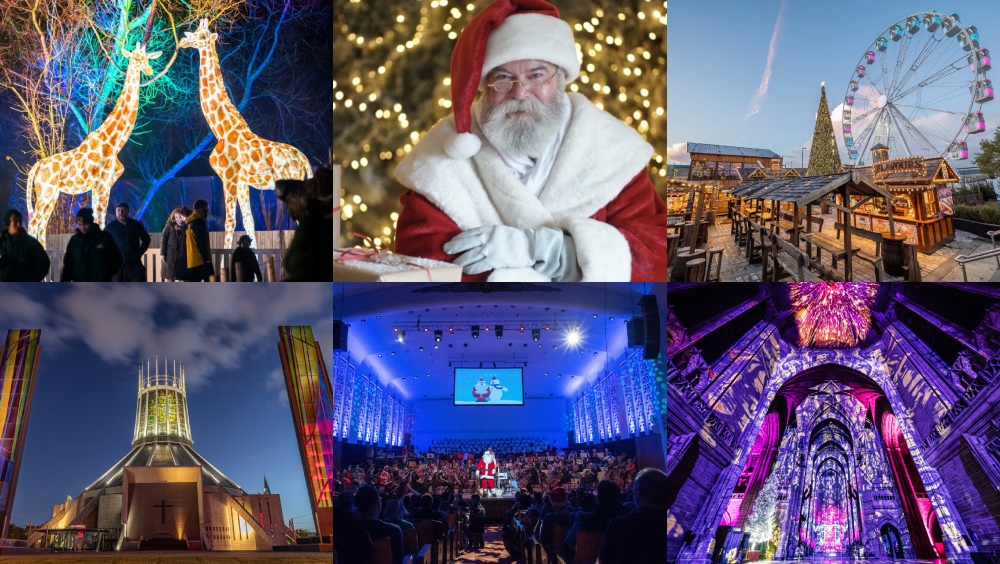
 Subscribe
Subscribe Follow Us
Follow Us Follow Us
Follow Us Follow Us
Follow Us Follow Us
Follow Us Follow Us
Follow Us











